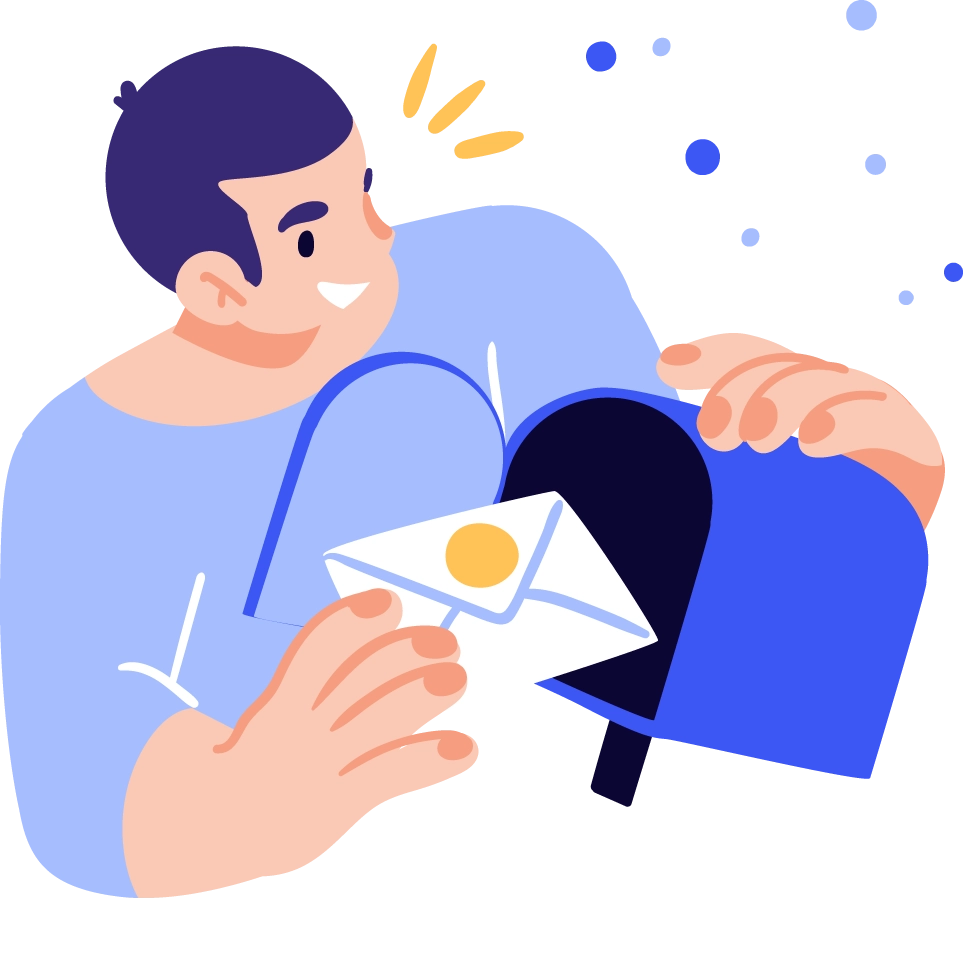Sign up to receive the latest offers !!
You’ll be the first to know when we publish new reviews and insights, and receive exclusive access to discount offers and vouchers for SAAS subscriptions

Our exclusive discount offers and vouchers on SAAS subscriptions are subject to availability and may be subject to change or expire without notice